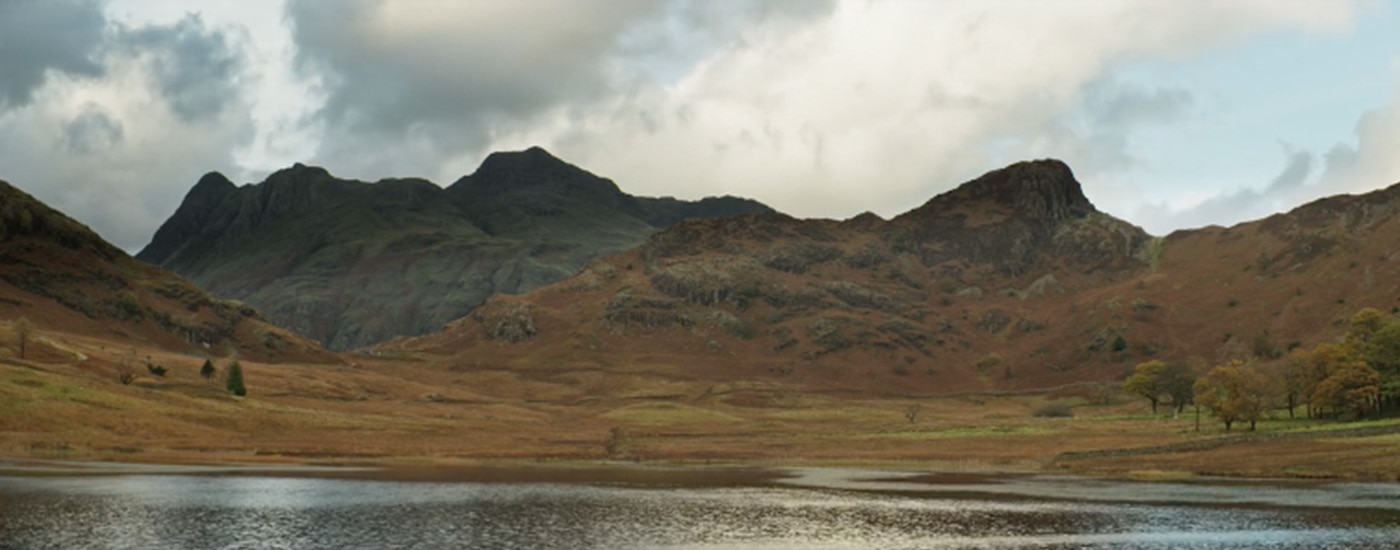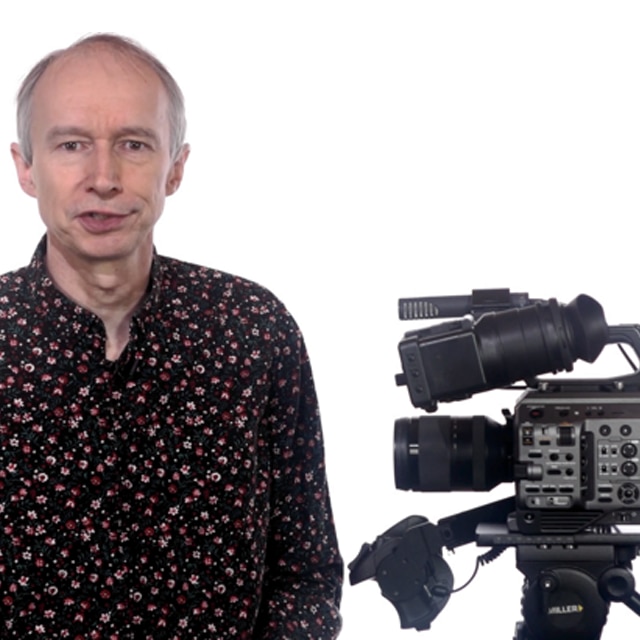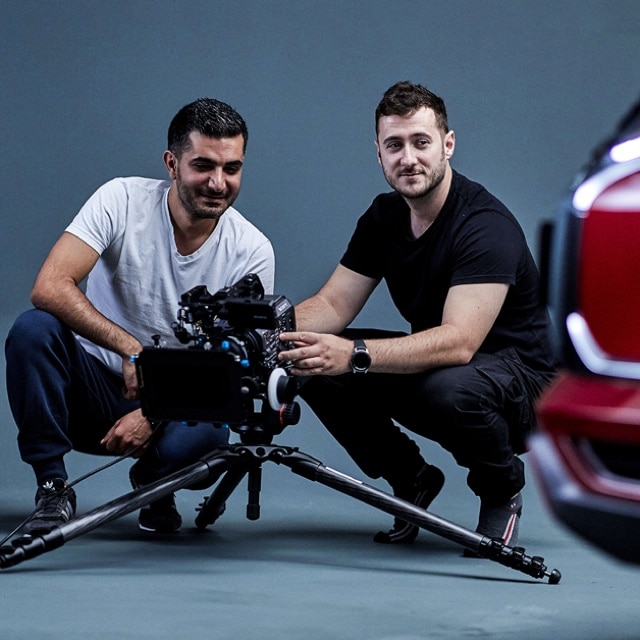
Alister Chapman shoots 4K anamorphic with FX9
This video was shot in the UK’s beautiful Lake District national park to demonstrate how you can use 35mm 2x Anamorphic lenses with the Sony PXW-FX9. As you will see, the weather wasn’t exactly on our side for the shoot. On the first day it rained all day, on the second day it rained all morning and then we got a brief window of about 90 minutes on the last day before the sun set. But we were lucky with the autumn colours, the yellows, browns and reds of the trees really punched through the murk, gloom and low clouds.
Shooting in weather like this is always challenging. You end up with a rain cover over the camera and lens that inevitably makes the camera just that little bit harder to operate. You are constantly trying to keep rain drops from the lens and viewfinder. Lens changes present a particular problem. As a result, I probably didn’t swap lenses as often as I might have done had we had fair weather.
I shot using the FX9’s full-frame 6K scan mode with the camera set to its CineEI mode recording S-Log3. I used the s709 LUT for monitoring. The plan had been to record everything using the camera’s raw output and an Atomos Shogun 7. But because of the terrible weather conditions and the need to hike quite a way from the nearest road or car park this was not always possible. So, a lot of what you see in the video was simply recorded internally using XAVC-I. I find that S-Log3 recorded internally in the FX9 actually grades really well.
One of the nice things about the FX9 is that the camera doesn’t weigh much and a single V-Mount battery will last a couple of hours. This helps keep down the weight of the kit you need to carry making it possible to get to more remote locations without a large crew.
One of the great things about the FX9 is the locking E-mount which is in my opinion essential when using heavier lenses such as these.
The majority of this was shot at the 800 base ISO. But for the shots of the stone circle, which were taken very late in the day, I used 4000 ISO to obtain a deeper depth of field. The time-lapse shots were done using the camera’s internal intervalometer. The lenses used were normal PL mount Cooke 32mm, 50mm and 180mm 2x anamorphics. As these are PL-mount lenses I also used an E-mount to PL adapter. One of the great things about the FX9 is the locking E-mount which is in my opinion essential when using heavier lenses such as these. Even with an additional lens support, the security provided by the locking mount helps keep expensive lenses like the Cooke’s securely attached to the camera.
The FX9’s full-frame scan mode is exactly the right height to work with this type of lens and it’s 6K scan means that even after the necessary adjustments needed in post-production the final images still look great.
To help you understand more about shooting anamorphic with the FX9 I’ve made a separate video that explains in detail what anamorphic is, why the FX9 is a great option for shooting anamorphic and details exactly how to do it.




